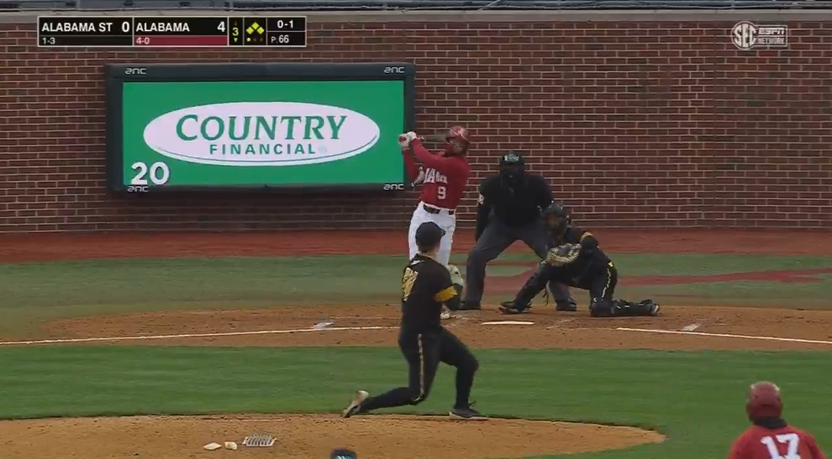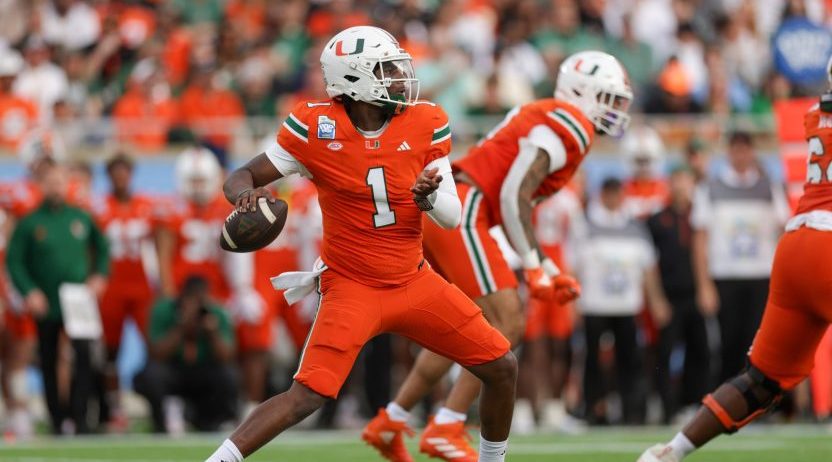Over the past three decades, the NBA has dramatically transformed its global reach and player diversity. Once predominantly composed of American talent, the league now features a wide array of international players from all over the world, each contributing to its heightened level of competition and international appeal.
From Dirk Nowitzki to Giannis Antetokounmpo, international players are no longer an anomaly. They’re the heartbeat of the NBA.
The idea of international players entering the NBA wasn’t entirely new in the 1980s, but their presence was certainly limited. Throughout the 1970s and early 1980s, foreign-born players like Manu Ginóbili, Vlade Divac, and Hakeem Olajuwon began to break through, but their numbers were few, and their impact was minimal compared to the stars of American basketball.
At the time, international players were seen as underdogs who could occasionally contribute but rarely had a lasting impact on the NBA’s hierarchy.
However, the influx of international talent began to shift in the late 1980s and early 1990s, as the globalization of basketball started to take root.
The 1998 NBA Draft marked a pivotal moment with the selection of Nowitzki, the first European-born player (Wurzburg, Germany) taken in the first round (ninth overall) by the Milwaukee Bucks. Though traded to the Dallas Mavericks, Nowitzki’s success would set the stage for an entirely new wave of international influence.
The 1990s were a big moment for the NBA with global expansion. The 1992 Summer Olympics in Barcelona, where the U.S. “Dream Team” included legends like Michael Jordan, Magic Johnson, and Larry Bird, served as a global showcase for the NBA’s brand of basketball.
This exposure was pivotal in not only growing the NBA’s international fanbase but also inspiring young players worldwide to pursue professional basketball. The Dream Team’s success also sparked interest in basketball in regions previously underrepresented in the league, such as Europe, Asia, and Latin America.
During this period, the NBA began actively scouting talent from overseas, with a particular focus on Europe. Notable international players who entered the NBA during this time included Toni Kukoč of Croatia, Dino Rađa of Yugoslavia, and Arvydas Sabonis from Lithuania. While not all of these players had the immediate impact of their American peers, they were seen as connectors to a broader reach.
But it was the late 90s that saw the beginnings of true global influence, as Nowitzki’s career took off in Dallas, and Pau Gasol arrived from Spain to join the Memphis Grizzlies in 2001. The presence of such players slowly began to challenge the traditional narrative of American dominance in the league.
By the turn of the century, the floodgates opened, and international players became a mainstay in the NBA. The league’s global vision began to take shape with more international players making substantial impacts on the league.
Yao Ming, the tall center from China, was the first overall pick in the 2002 NBA Draft and immediately became a global ambassador for the sport. His arrival marked the official beginning of the NBA’s expansion into Asia, where he helped bring basketball to millions of fans in China.
These players, alongside the continued emergence of talent from Europe and South America, transformed the league. The NBA had officially become a global league, no longer confined to American-born players or even North America. It was now a melting pot of cultures, playing styles, and basketball philosophies.
The 2010s saw the next phase of the international player evolution, where foreign-born athletes became cornerstones of NBA teams. Today, the international presence in the league is more than just a trend — it’s the foundation of the NBA’s current landscape.
Antetokounmpo, the “Greek Freak”, has emerged as one of the most dominant forces in the NBA. His back-to-back MVPs in 2019 and 2020, along with his 2021 NBA Championship and Finals MVP, solidified his place as one of the most dominant international stars in NBA history. Nikola Jokić from Serbia’s ascension to a three-time NBA MVP (2021, 2022, 2024) – alongside his unique, pass-first style of play — changed the expectations for big men in the modern NBA. Luka Dončić out of Slovenia is one of the most exciting international players today.
According to NBA.com, the 2023-24 NBA season featured 125 international players from 40 countries and territories, tying the record for the most diverse season in league history. That included Antetokounmpo, Jokić, Dončić. and Joel Emiid.
The NBA today announced that a record 125 international players from 40 countries and territories across six continents are on opening-night rosters for the 2023-24 season, including a record number of players from Canada (26) and France (14).
More
https://t.co/7FcbpbnJxB pic.twitter.com/kJ4PcCOBKy
— NBA Communications (@NBAPR) October 24, 2023
This era is defined by diverse styles of play, as international players bring unique skill sets and strategies to the table. Players like Jokić, Antetokounmpo, and Dončić have helped modernize the game, blending traditional American basketball with influences from their home countries.
The success of these international stars has also led to an increased scouting presence in countries like Serbia, Greece, Slovenia, and Cameroon. The NBA’s worldwide network of scouts now keeps a close eye on talent from all corners of the globe.
The intake of international talent raised the overall level of play in the NBA. With players from various cultures bringing different styles of play, the league has become more competitive.
International players are key to expanding the NBA’s fanbase. With stars from around the world, the NBA has been able to tap into new markets, particularly in Europe, Africa, and Asia. The presence of international players like Ming in China and Antetokounmpo in Europe has attracted millions of fans who might not have otherwise followed the league.
As the NBA continues to expand globally, the role of international players will only grow. With basketball’s rising popularity in regions like Africa and Asia, new talent will likely continue to emerge from these areas. The 2023 NBA Africa Game and increased scouting in Africa signal that the next wave of international stars could very well come from the continent, which has seen explosive growth in basketball.
As the league continues to embrace this global talent pool, it can only be expected that the NBA will grow even more interconnected, inspiring future generations of basketball players from all corners of the globe to dream big and aim for the highest level of the sport. Ultimately, the rise of international players has not only enriched the game but also contributed to the NBA’s ongoing evolution as a truly international basketball league.







